To ocean lovers of all kinds, the dream of swimming with either dolphins or sharks
creates an unbeatable adventure beneath the ocean. While of a very different
nature, each impresses on our imagination and gives us an inspiring feeling of
closeness with ocean mystery.
Some of the best destinations in the world promise special opportunities to interact
with such extraordinary marine life out in their own elements. From warm tropical
waters to dramatic deep-sea scenarios, they promise lifelong memories for the
seasoned diver to the very inquisitive beginner with respect to marine life and
ecosystems.
Kona Coast, Hawaii, USA
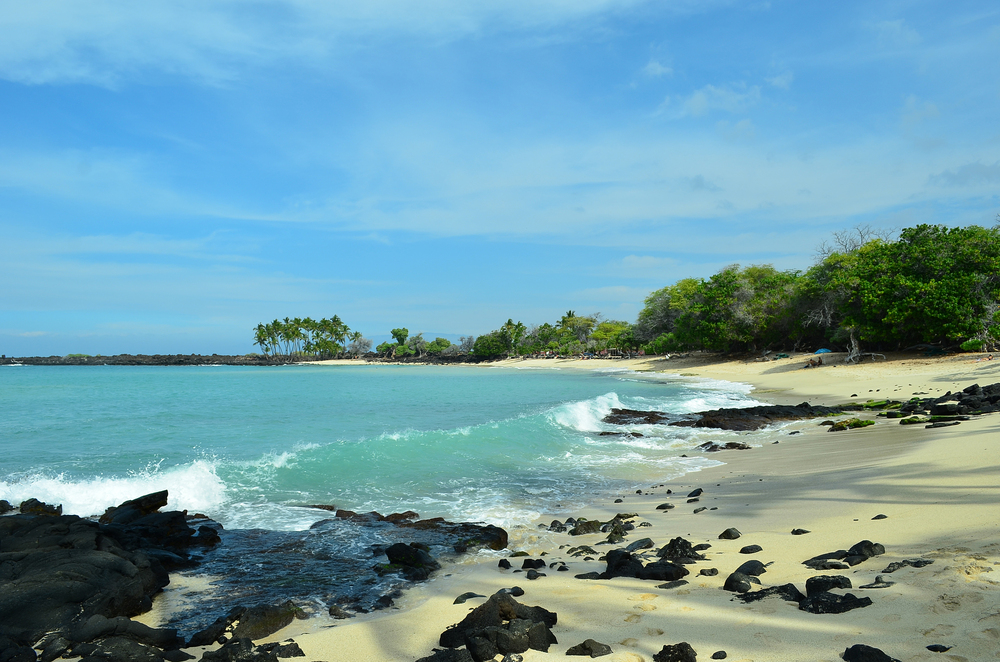
The west coast of the Big Island presents a peculiar situation in diving with spinner
dolphins during the day and mantas at sunset. Resident spinner dolphins favor
certain bays for resting, and tour operators offer night dives to see giant mantas
feeding on plankton that are attracted to spotlights.
The ocean is never rough, and the visibility is generally over 100 feet. You might also see tiger sharks cruising the deeper waters, especially in winter months when humpback whales migrate into the area.
Isla Guadalupe, Mexico
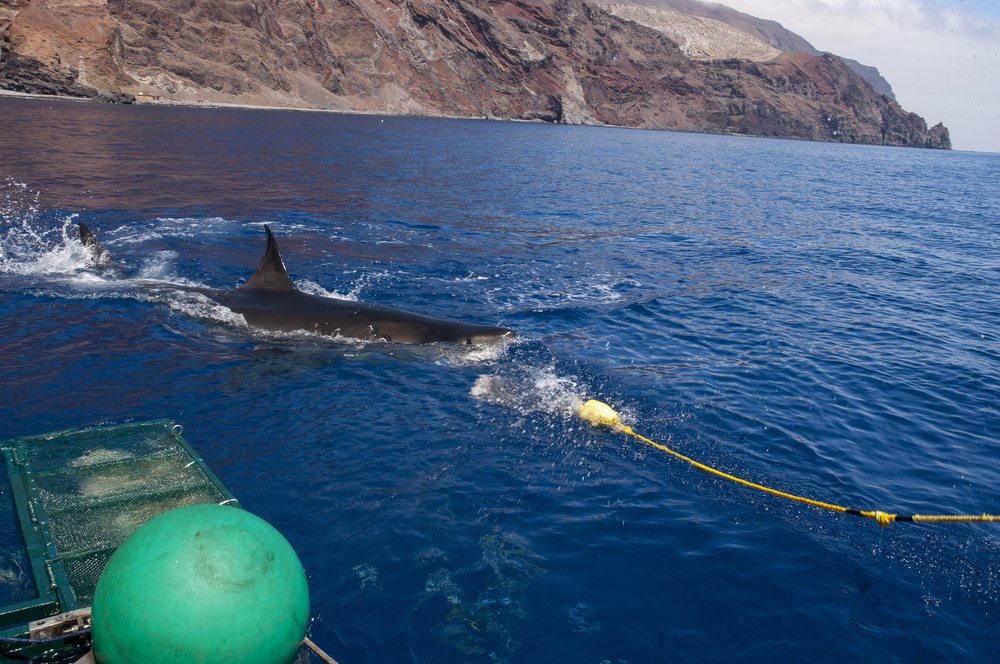
At 150 miles off Baja California’s coast, this island is one of the most remote places
in the world for cage diving with great white sharks. Water visibility often exceeds
100 feet, which is ideal for underwater photography.
Most operators run multi-day live-aboard trips between August and October when shark activity peaks. The isolation and protection of the island maintain the natural behavior of these magnificent predators, while strict regulations ensure responsible interactions.
Like Travel Pug’s content? Follow us on MSN.
Bimini, Bahamas
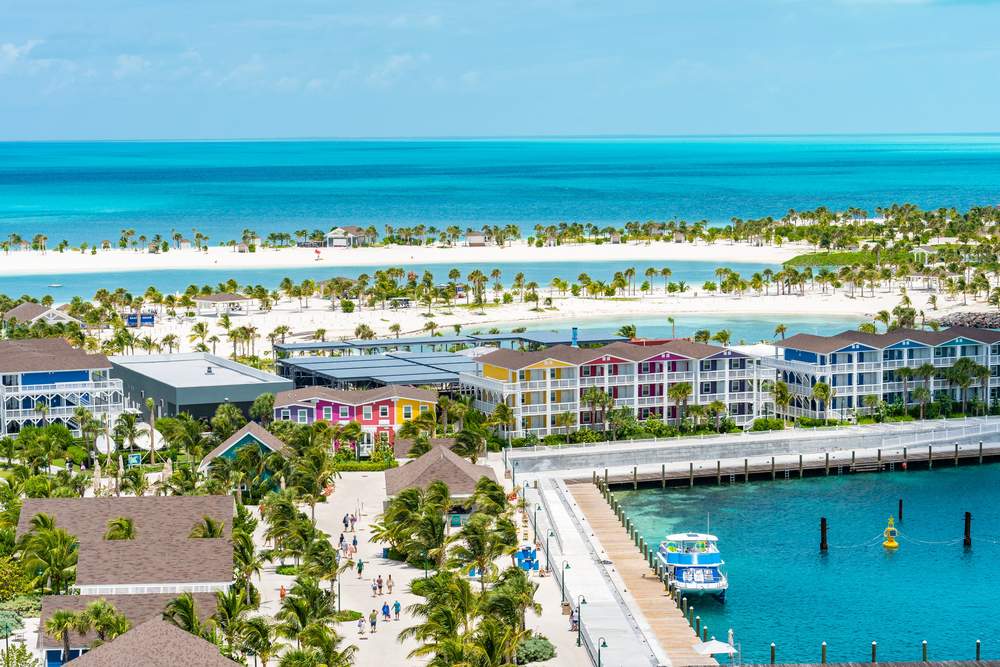
This small Bahamian island offers year-round opportunities to dive with both Atlantic
spotted dolphins and several shark species. The clear, shallow waters provide
perfect conditions for observing wild dolphin pods, while dedicated shark encounters
focus on great hammerheads during winter months.
Local operators maintain feeding stations that attract nurse sharks and Caribbean reef sharks, creating reliable encounters just a few miles offshore. The area’s proximity to the Gulf Stream ensures excellent visibility and comfortable water temperatures throughout the year.
Moalboal, Philippines
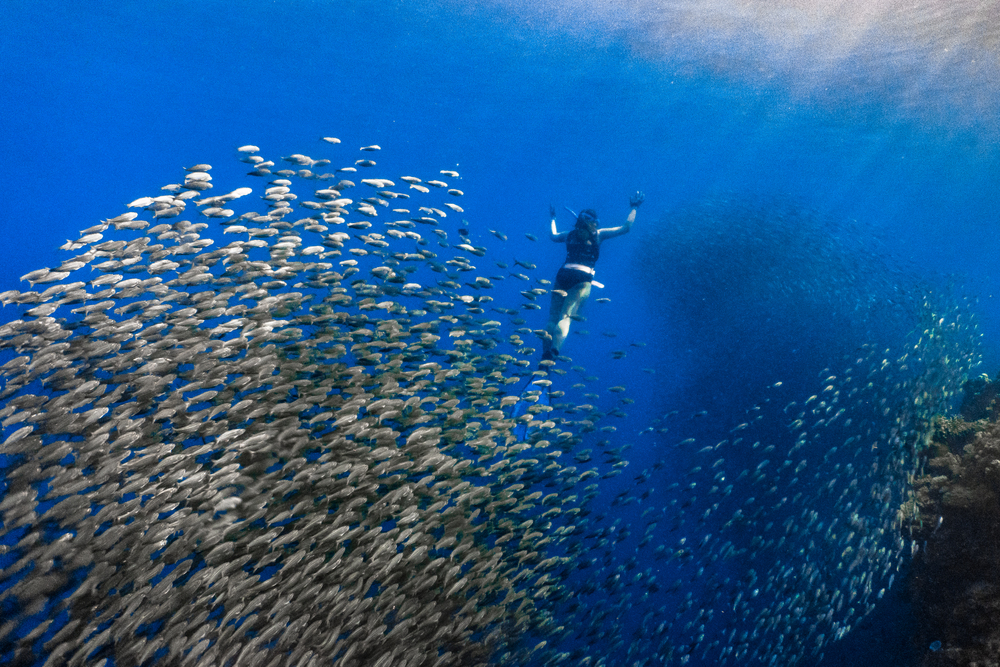
This small town on Cebu’s western coast offers remarkable encounters with massive
sardine schools, which attract both dolphins and thresher sharks. The nearby
Pescador Island provides excellent wall diving, where you might spot hunting
dolphins during early morning dives.
Whale sharks occasionally visit the area, especially during plankton blooms between December and May. The local diving community maintains strict guidelines to protect marine life while ensuring memorable encounters for visitors.
Ningaloo Reef, Australia
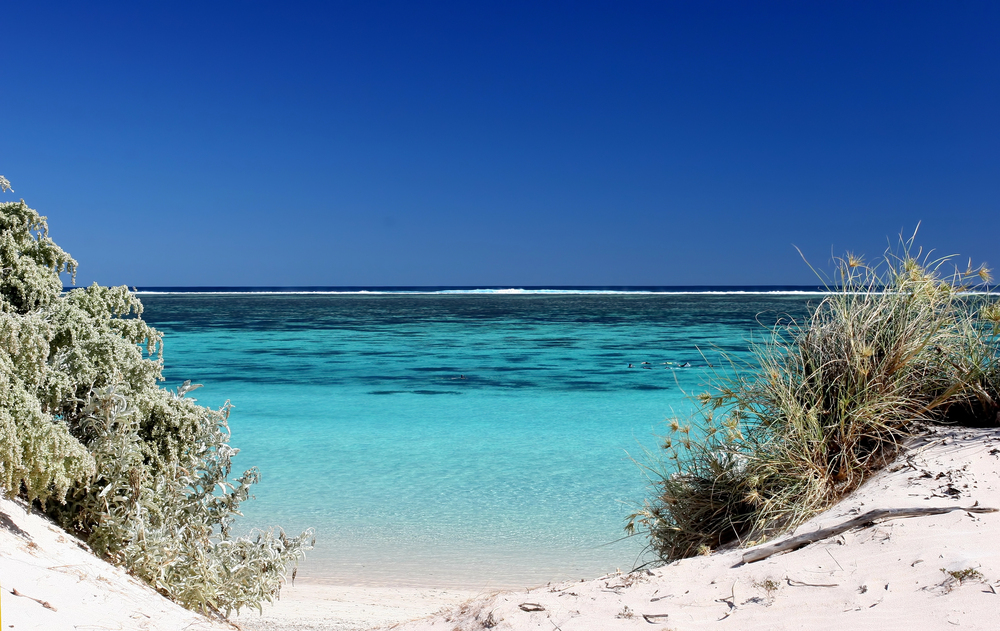
This UNESCO World Heritage site offers seasonal opportunities to swim with whale
sharks and bottlenose dolphins. The largest fringing reef in Australia attracts these
gentle giants between March and August, while resident dolphin pods frequent the
area year-round.
The crystal-clear waters provide excellent visibility, often exceeding 65 feet. Local tour operators follow strict wildlife interaction guidelines, ensuring both animal welfare and visitor safety while maximizing encounter opportunities.
Like Travel Pug’s content? Follow us on MSN.
Rangiroa Atoll, French Polynesia
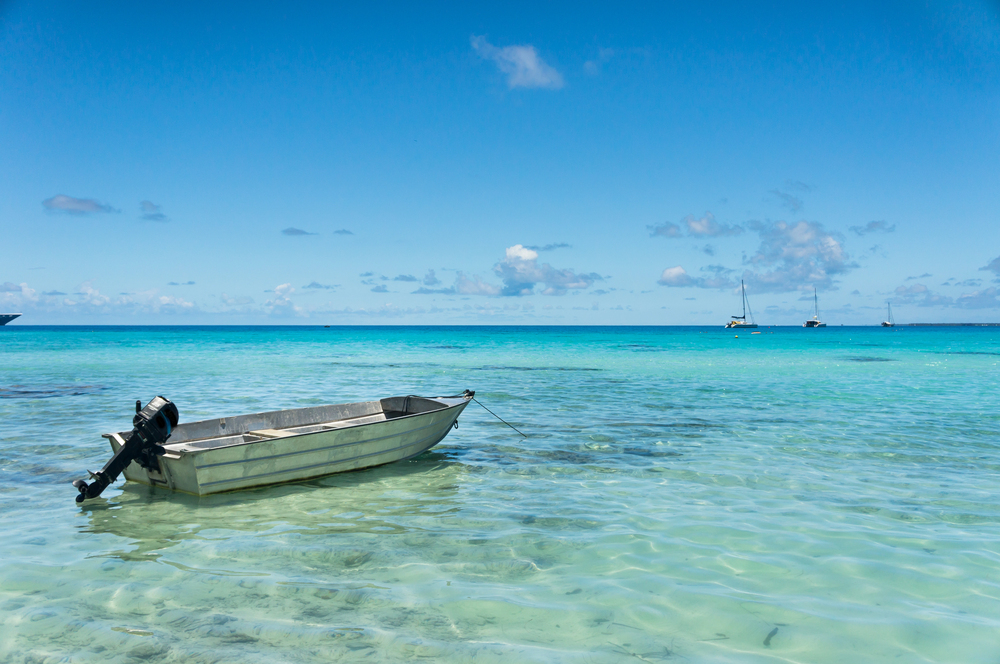
This massive atoll in the Tuamotu Archipelago offers exceptional diving with both
dolphins and sharks in pristine conditions. The famous Tiputa Pass attracts large
numbers of grey reef sharks, while resident bottlenose dolphins often play in boats’
bow waves.
The channel’s strong currents bring nutrient-rich water that attracts various marine life, creating a dynamic ecosystem. Morning dives typically offer the best chances for dolphin encounters, while shark activity remains consistent throughout the day.
Fernando de Noronha, Brazil
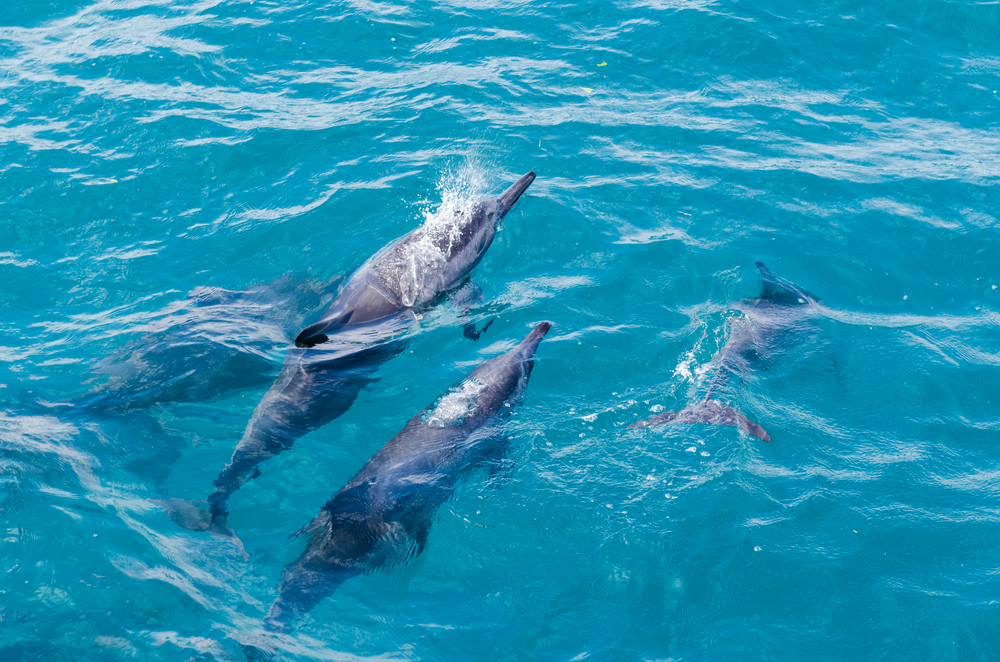
This protected archipelago provides remarkable opportunities to dive with spinner
dolphins and nurse sharks in Atlantic waters. The resident dolphin population
numbers over 600, making daily encounters highly likely.
Local dive sites feature dramatic volcanic formations and excellent visibility, often exceeding 100 feet. The marine park status ensures minimal impact on wildlife, while experienced guides help visitors observe these creatures responsibly.
Poor Knights Islands, New Zealand
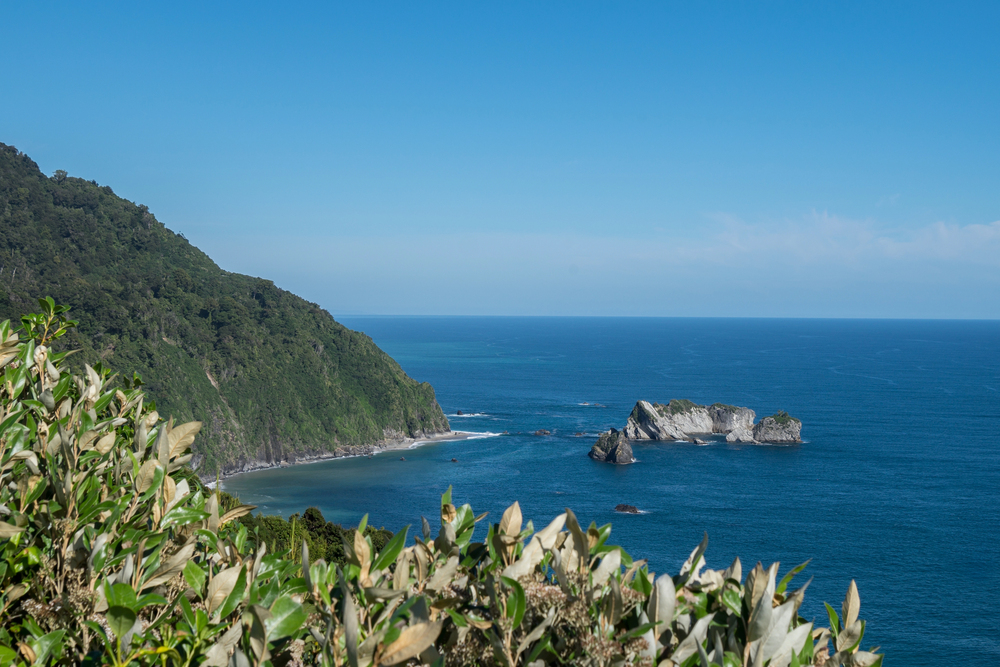
These volcanic islands offer unique opportunities to dive with common dolphins and
bronze whaler sharks in temperate waters. The mixing of warm and cool currents
creates a unique ecosystem that attracts diverse marine life.
Jacques Cousteau rated this location among his top ten dive sites worldwide. The marine reserve status since 1981 has helped preserve the area’s biodiversity while local operators maintain strict ecological guidelines.
Like Travel Pug’s content? Follow us on MSN.
Azores Islands, Portugal
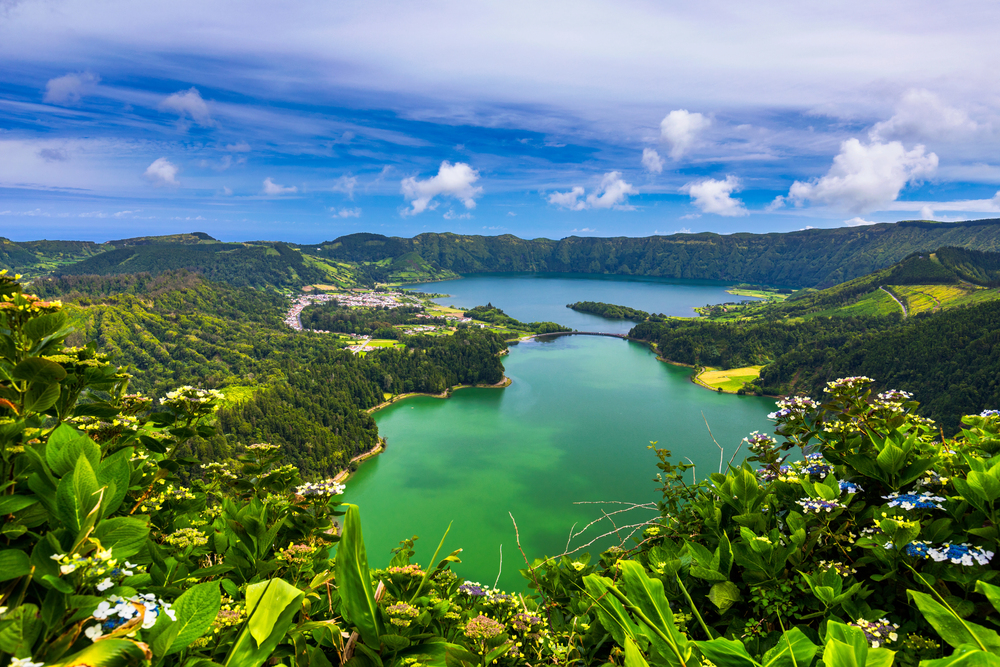
This remote Atlantic archipelago provides exceptional opportunities to dive with both
common dolphins and blue sharks in deep, clear waters. The islands’ location
attracts various marine species throughout the year, with peak activity between June
and October.
Local operators run specialized blue shark encounters in open water, while coastal dives often feature curious dolphin pods. The volcanic underwater landscape adds dramatic backdrops to these memorable encounters.
Hurghada, Red Sea, Egypt
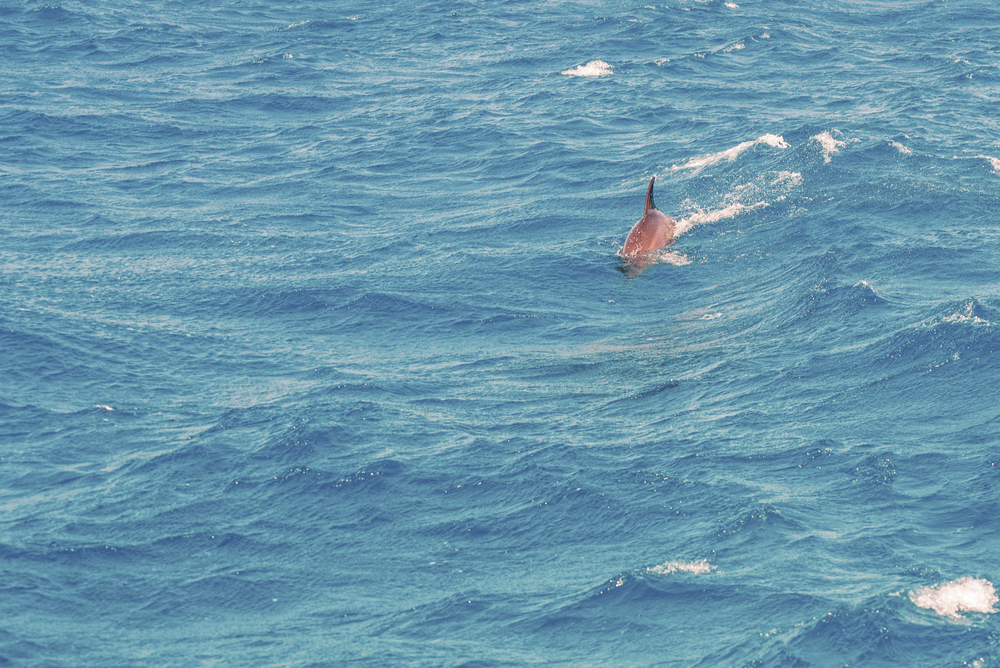
The northern Red Sea offers year-round opportunities to dive with bottlenose
dolphins and oceanic whitetip sharks. The famous Dolphin House reef provides
reliable encounters with a resident pod, while offshore sites attract various shark
species.
The exceptional visibility, often exceeding 130 feet, makes this location perfect for underwater photography. Local dive centers maintain professional standards while ensuring responsible wildlife interactions.
Cocos Island, Costa Rica
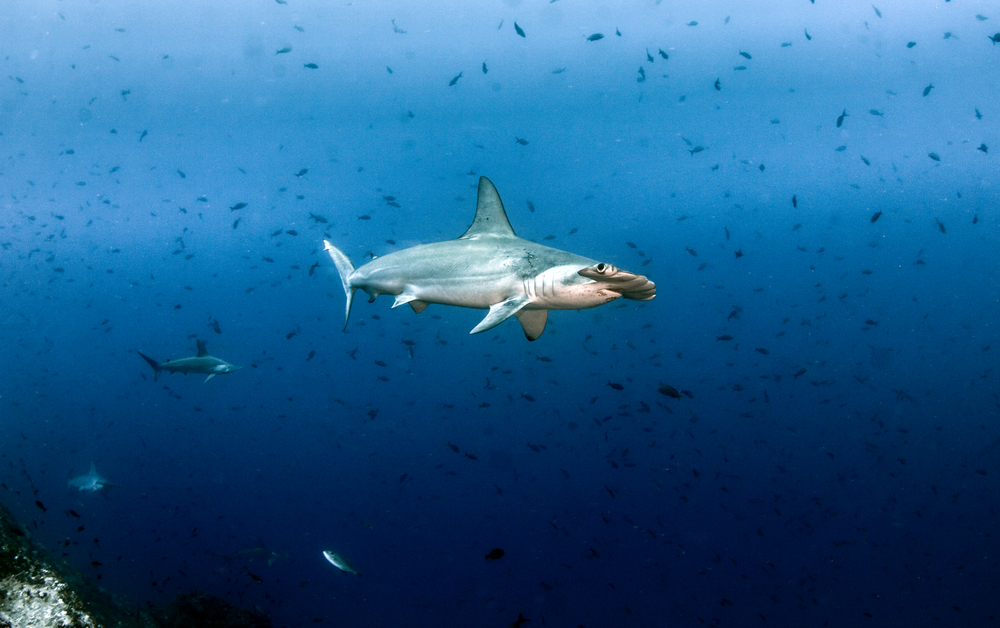
This remote Pacific island, located 340 miles offshore, offers world-class diving with
both dolphins and multiple shark species. The protected waters attract large schools
of hammerhead sharks, while bottlenose dolphins frequently visit cleaning stations.
The island’s isolation helps preserve natural marine behavior, though the location
requires advanced diving experience. Most visits involve live-aboard trips between
May and December when conditions prove most favorable.
Like Travel Pug’s content? Follow us on MSN.
Raja Ampat, Indonesia
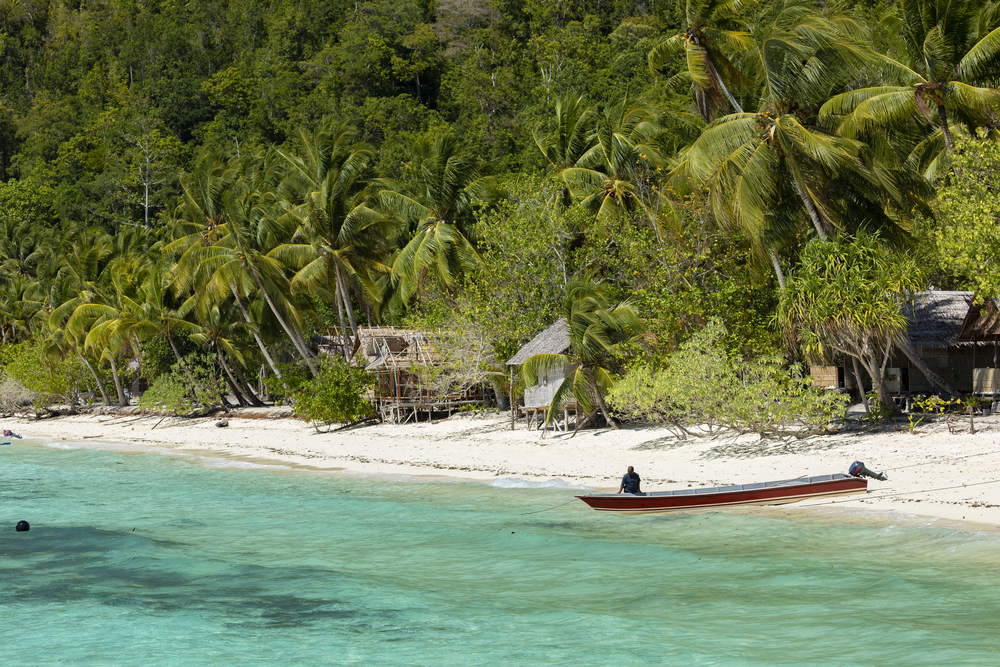
This vast archipelago provides opportunities to dive with both dolphins and reef
sharks in some of the world’s most biodiverse waters. The region’s remote location
and protected status help maintain pristine conditions while various dive sites
accommodate different experience levels.
Resident dolphin pods often visit specific bays, while blacktip reef sharks frequent shallow coral gardens. The area’s strong conservation focus ensures sustainable wildlife encounters.
Kailao, Tonga
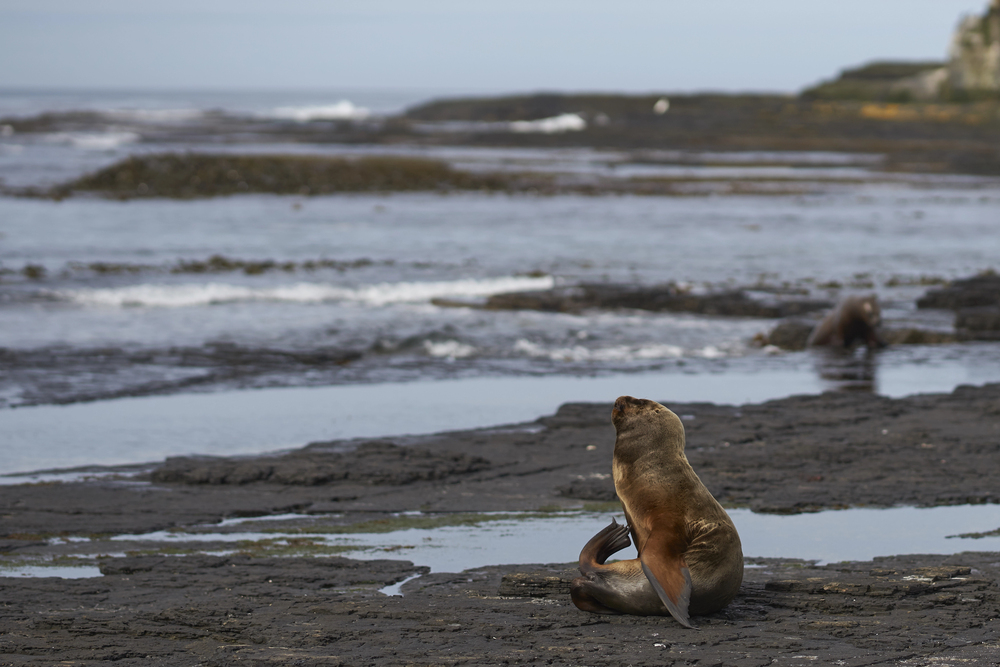
This South Pacific destination offers unique opportunities to encounter both spinner
dolphins and tiger sharks in clear, warm waters. The location’s remoteness helps
preserve natural marine behavior while local operators maintain strict interaction
guidelines.
Humpback whales visit between July and October, adding another dimension to marine encounters. The traditional Tongan approach to ocean conservation helps maintain healthy marine populations.
Protea Banks, South Africa

This offshore reef system provides advanced diving opportunities with both dolphins
and various shark species in the Indian Ocean. The area attracts bottlenose dolphins
year-round, while ragged-tooth sharks gather during winter months.
The mixing of the warm Agulhas current with cooler waters creates dynamic diving conditions. Local operators emphasize safety while providing exciting encounters for
experienced divers.
Like Travel Pug’s content? Follow us on MSN.
Brothers Islands, Egypt
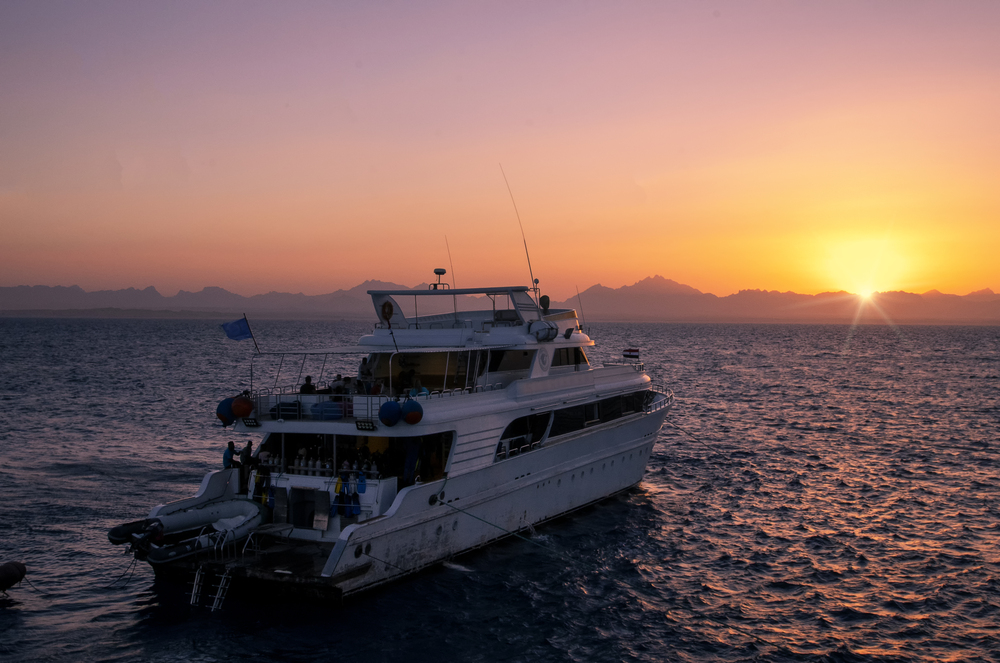
These two small islands in the Red Sea offer exceptional opportunities to dive with
oceanic whitetip sharks and spinner dolphins in pristine conditions. The remote
location, about 40 miles from the mainland, ensures unspoiled diving environments
and natural wildlife behavior. Strong currents attract large pelagic species, while the
excellent visibility often exceeds 100 feet.
The islands’ walls and plateaus provide dramatic backgrounds for underwater photography, while experienced guides ensure safe interactions with marine life.
Ocean’s Greatest Show
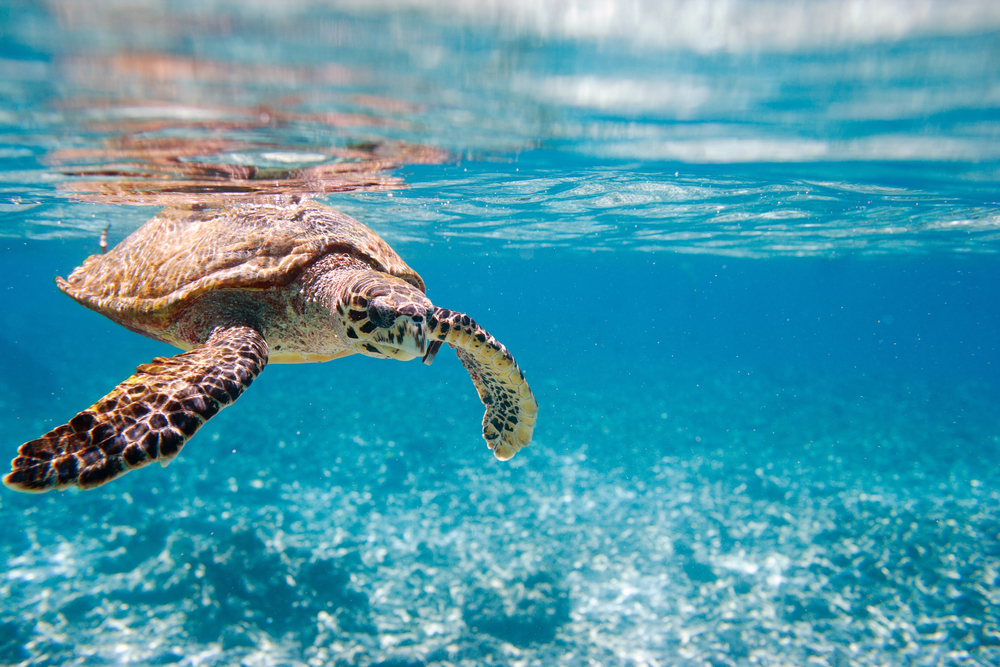
These marine encounters represent more than just thrilling adventures – they offer
windows into the complex and fascinating lives of some of our planet’s most
intelligent and misunderstood creatures.
By choosing responsible operators and following local guidelines, you can enjoy
these remarkable experiences while supporting marine conservation efforts.
Remember that these are wild animals in their natural habitat, making each
encounter unique and unpredictable – and all the more special for it.
More from Travel Pug

- 15 Dangerous European Cities to Avoid
- 15 Caribbean Islands Where Tourists Keep Getting Scammed
- The 20 Most Fascinating Abandoned Places: A Journey Through Time and Forgotten Spaces
- 15 Hidden Places in the Smithsonian Museums Locals Love: A Guide to Lesser-Known Treasures
- 16 Hidden Florida Beach Towns That Aren’t Overrun with Tourists
Like Travel Pug’s content? Follow us on MSN.
